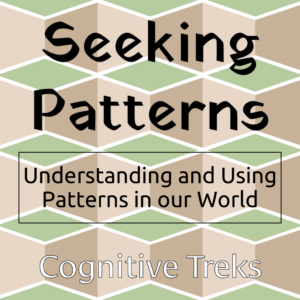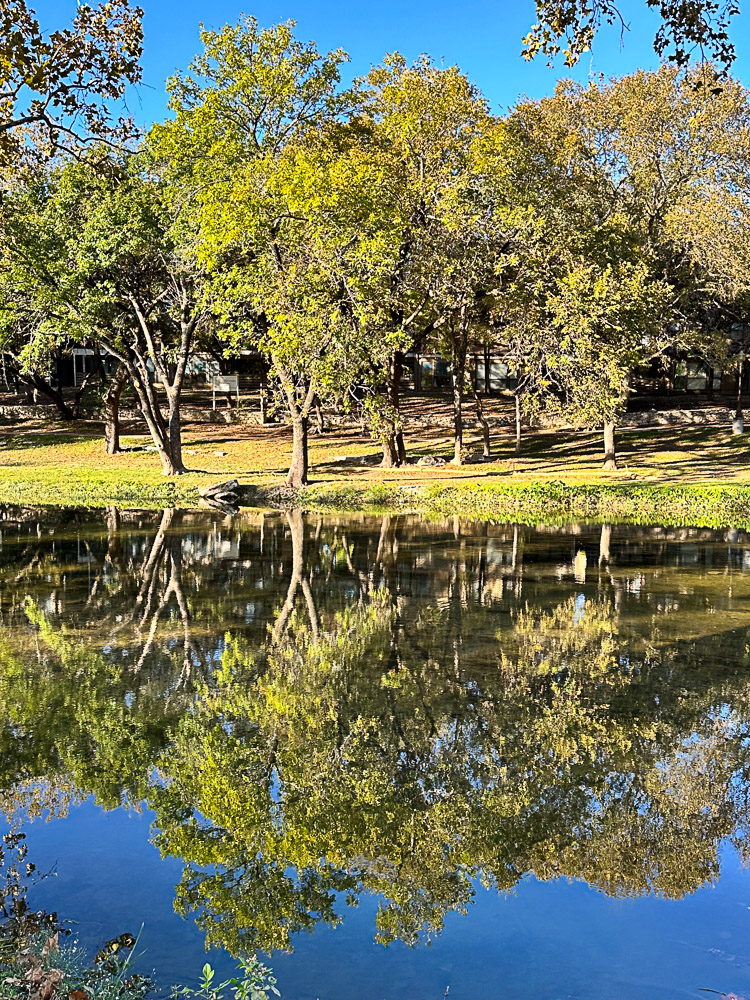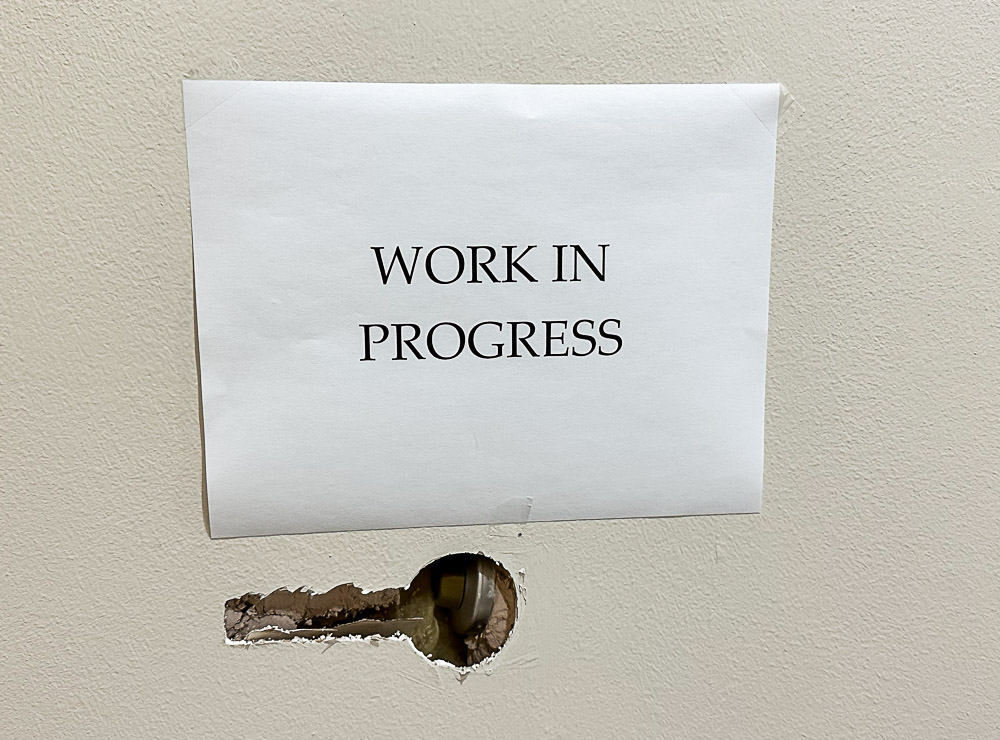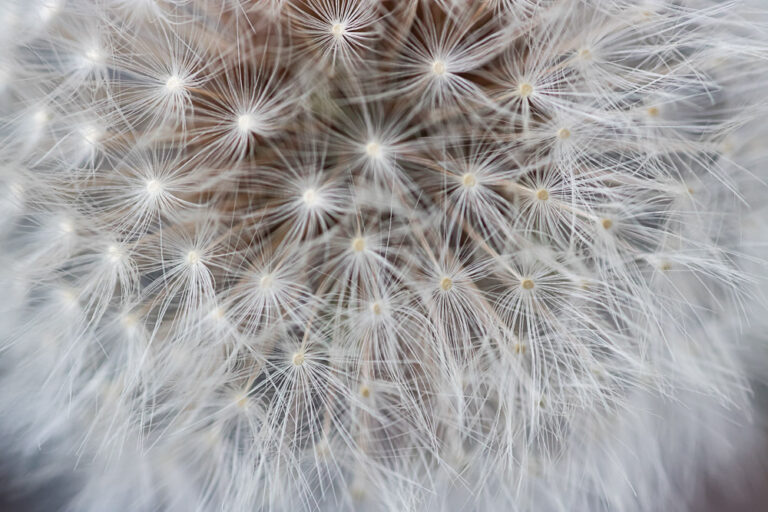
Unlocking Patterns In Science
I have always been fascinated by nature’s patterns. I have several books on patterns, but my favorite is “Patterns in Nature” by Philip Ball. And no, I am not getting monetary benefit for sharing it here! How nature has organized itself and the vast array of designs truly amazes me. The photography in this book is mesmerizing!
I also like to garden and take hikes. By doing these two activities, I notice the patterns of seasons and plant growth quite often. For example, every spring, the mountain laurel trees in my garden are the first to bloom each spring, followed by a burst of wildflowers in the nearby parks. On hikes, I see patterns in lichen on the bark of trees, the arrangement of leaves, and even in the way water flows over rocks. These patterns aren’t just beautiful to me, they’re clues about how nature works.
I’ve found that introducing students to patterns is a great way to spark their curiosity and help them see science as something they can observe and explore in their own lives. Let’s talk about how we can help students recognize, understand, and analyze patterns in the world around them.
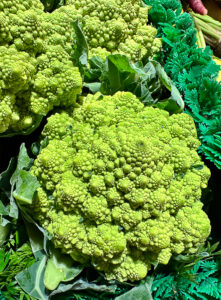
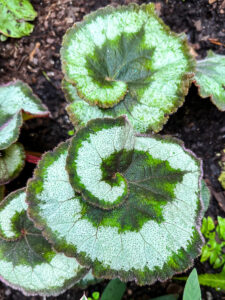
Patterns: Nature's Blueprint
Patterns are everywhere and sometimes they’re obvious, like the spiraling fractal pattern on this Romanesco broccoli and the variegated leaf pattern. Other times, you need to have a little bit of knowledge to be able to recognize them – such as the chemical properties of elements on the periodic table.
Helping students recognize patterns is like handing them a map to navigate with. Suddenly, things start to seem less random. Ask them to listen to their favorite song and listen for the repeating repeating beats. Or have them mark the number of times it rains in a month after dark clouds appear. Patterns give us clues about how things work and open the door to asking deeper questions like “Why does this happen?” or “What could this mean?”
Patterns in the Science Classroom
Patterns show up in all topics in science. When I introduce earthquakes, before I do any instruction, we view an interactive map showing the locations of recent seismic activity. At first, the students thought the dots were just random. Then someone noticed that most of the dots were along the edges of continents. From there, the conversation flowed naturally into tectonic plates and fault lines. What started as a scatterplot turned into a discussion about the forces shaping our planet.
In physics, we explore patterns in motion by testing Newton’s laws. My favorite lesson was when we used toy cars and ramps to see how friction and angles affected movement. After a few tests, students began to notice relationships between angles of the ramp, mass and acceleration. This realization helped them see patterns in acceleration and opened the door to understanding forces and energy.
Data and graphs are the Achilles heel for many students. I’ve tried soooo many different approaches in an effort to help students understand and build confidence when dealing with data and graphs. They get bogged down in the numbers and quickly get confused or overwhelmed. We can help by breaking down the process into manageable steps. At the beginning of each year, I like to do a graphing project that breaks down the components and gives me the opportunity to assess who needs extra support. Then I give them plenty of opportunities to practice analyzing data in a low-pressure, supportive environment.
Teaching Students to Spot and Analyze Patterns
Once students notice a pattern, what’s next? Teaching them to analyze patterns is where some of the real learning happens.
Here’s a simple approach:
Step 1: Observe
Start by helping students slow down and notice what’s in front of them. Show them a time-lapse of a flower blooming or world wide ocean currents. Questions like “What do you see repeating?” can help guide their focus.
Step 2: Identify Relationships
Once they’ve spotted a pattern, ask them to think about connections. Why do the ocean currents flow in a certain direction? How might this change as temperatures increase? Why does the flower open that way?
Step 3: Analyze and Predict
Finally, encourage students to dig deeper. Weather is another great topic for identifying patterns. Asking students for their input on questions like: What does this pattern tell us? Can we use it to make predictions? For example, if they notice a repeating trend in their weather charts, what might they expect or predict to happen over time?
How Patterns Shape Thinking
By the time students leave middle school, they should see patterns as tools, a way to investigate and then use the information. They should recognize that patterns in data can reveal trends, relationships, and help solve problems.
Looking at evidence involving fossil records and earth’s history is a repeated topic spiralled through several grade levels. When students analyze patterns in the locations of fossils, they are working to evaluate evidence to understand scientific theories.
Noticing a pattern in the locations of earthquakes can help students understand tectonic plate boundaries and predict where future quakes might occur. Patterns turn static data into stories, and students who can interpret those stories are better able to tackle complex problems.
Patterns naturally lead students to explore cause and effect relationships, pushing them to think analytically about the world around them. Students looking at a graph of global CO₂ levels over time, for instance, might spot a steady upward trend. This may start as an observation of the data in the graph, but it becomes more than that. It can lead to questions about climate change, human impact, and potential solutions.
Quick Tip: Check out the site called Our World In Data for visualized data that makes even the mundane look pretty!
Final Thoughts
Helping students recognize and analyze patterns is a long term project. At first, they probably won’t appreciate understanding the ability to make connections with data. Recognizing patterns, and using those patterns to learn new ideas always takes time. But with a lot of practice, their skills will improve.
Teaching students to recognize patterns isn’t just about getting the “right” answer. It’s about sparking their curiosity and helping them ask better questions. When kids start spotting patterns, they realize there’s often an underlying order to things. That moment of “Oh, I see it now!” makes science feel less intimidating and a lot more exciting.
Patterns are everywhere and appear within scientific data. Enjoy pattern activities and review of statistical calculations (mean, median, mode and range) for experiments and scientific analysis. Students will develop their science skills as they practice collecting and analyzing data. This concrete lesson allows students to collaborate to learn basic statistics and to help scientists in a created scenario.

